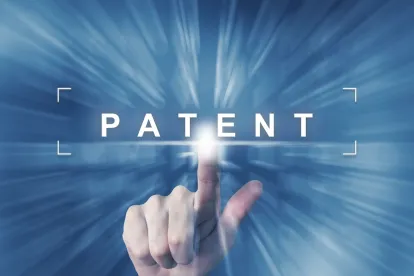Companies across many different industries are starting to look toward blockchain technology as a way to conduct business more effectively, efficiently, and securely. As a result, there are new blockchain technology startups and strategic partnerships being established at break-neck speed. And, like any burgeoning industry, there seem to be new innovations introduced almost every day.
One of the latest developments is the creation of the Blockchain Patent Sharing Alliance (Alliance). Working closely with global blockchain enterprises, institutions, scientific research units, and blockchain-related patent entities, the Alliance aims to (a) build a blockchain patent sharing pool, (b) help the blockchain community innovate and build IP assets, and (c) provide a licensing and trading systems for those interested in accessing certain patented blockchain technologies.
Following a Tradition of Patent Sharing Organizations
Patent sharing organizations are not new and have existed for some time in a number of industries. For example, the Sewing Machine Combination, which was established in the 1800s with four stakeholders, is one of the earliest known patent sharing organizations.
More recently, patent sharing organizations have been established to create a patent sharing pool for (a) patents that benefited the environment (Eco Patent Commons), (b) patents involving WiMax (Open Patent Alliance), and (c) a less formal alliance between two large corporations in the nanotechnology space.
With patent sharing organizations, the stakeholders can cross-license one another’s patents and agree not to litigate. In that sense, not having to worry about these issues can allow companies to invest more of their resources to R&D directed at new concepts and unresolved problems or opportunities.
The Impact on Blockchain Innovations
It is unclear if the Alliance will change the landscape for blockchain innovation. The Alliance will certainly allow early players and stakeholders to navigate the IP landscape a little easier, especially when many of the players are startups and may not have the necessary funds to pay the royalty for a license or to defend themselves against potential litigation.
However, like many new and emerging technologies, innovation will continue to occur; and as the industry matures, players will want to establish a competitive position – and perhaps set a premium for their service or product, and recoup the investment that was put into the R&D. If and when this happens, the Alliance, although still serving a role, may have less of an impact on blockchain innovation as a whole.
What may be most beneficial as the result of the Alliance is perhaps the creation of a standard for blockchain. There are several different approaches to blockchain technology, and with so many players from different business sectors continuing to enter this space, you want to avoid a situation where multiple approaches need to be adopted. It would be inefficient and costly to developers and to the public if specific blockchain technology that is not compatible wouldl need to be developed and adopted for different applications.
Challenges Ahead
One of the initial challenges for the Alliance will be to get the right stakeholders to join. To the extent that someone who holds a blocking patent decides not to join, the existence and benefit of the Alliance may be minimized. Even so, with members of the Alliance potentially located around the globe, and in different industries, the sharing of patents will require the participants to ensure that the IP requirements of each stakeholder’s country are met, that the right agreements are in place, and that the needs of specific stakeholders are met. While this may create some logistical and administrative issues, these can be addressed with time. The idea is that these steps also offer a long-term benefit by providing a process to address these concerns early on.
Blockchain Innovation Will Thrive
Although there are many blockchain technology patents being filed today, many of the initial patent filings focus on how transactions can be recorded, verified, etc. As history has shown, during the next round of patent filings, companies will likely begin to focus on protecting the specific commercial uses for blockchain technology, such as banking, healthcare, etc.
As long as new uses can be identified, and new innovations can enhance the user experience or simplify transactions, innovation will continue, and the presence of the Alliance is expected to be helpful.



 />i
/>i

